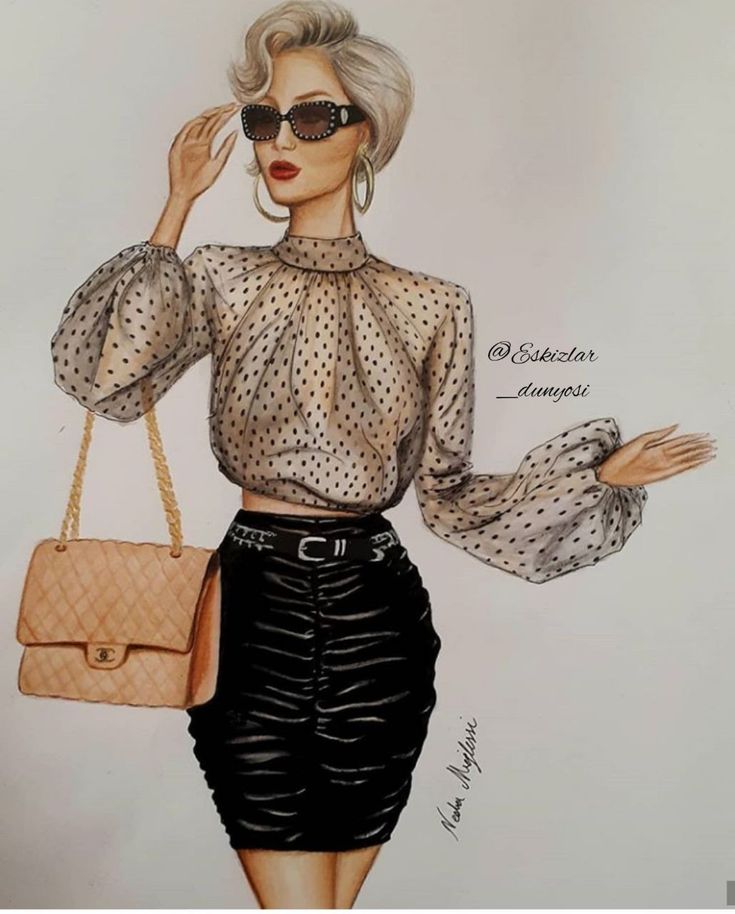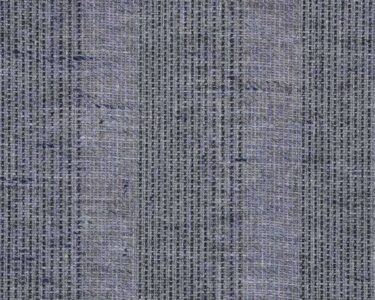In the past few years, fashion illustration has been revived to such an extent that it is now part
and parcel of the design process whether digitally or conventionally. The emergence of social
media platforms has elevated artistry while fashion labels are dependent on illustrations as a
branding strategy; thus making this craft emerge as a principal force within the fashion-design field.
Let us analyze some top trends which govern today’s fashion illustration.
1. Digital Drawings: The Surge of Technology
Illustrators are leaning increasingly towards digital tools as the fashion world embraces technological innovation.
Unlike traditional media, applications such as Adobe Illustrator, Procreate and Sketch provide wants that are very
hard to match in terms of accuracy and versatility. Digital fashion illustrations, thanks to advanced layering, brush
settings and 3D capabilities allow for quick modifications or experimenting with elaborate designs that depict
every fabric detail, textures and movements perfectly.
2. Post Tenebrous Lux, the fashion or garment industry has gone high-tech with eco-friendly styles.
Clothing has stopped being a mere cover for our bodies, but instead they are representative of ideas. Illustrators
are producing works that mirror the increasing priority given to environmentally friendly fashion. These
artworks often highlight simplicity, use of natural fibers or recycle materials only. By integrating eco-friendly
factors into their artwork and by depicting sustainable fashion through mindful designing methods, illustrators
have aligned themselves with the paradigm shift within the sector towards ethical consumerism.
3. Watercolor Fashion Illustrations: The Comeback of the Soft Aesthetic
The resurgence of watercolor fashion illustrations is witnessed as designers are searching for more gentle and
natural looks. This art form gives a gauzy and flow look to clothes, thereby making it possible to illustrate how
they gaily dance around chiffon or silk-like fibers. Besides, their subtle color blending qualities make them come
alive by evoking romantic dreamy pictures. Such style is preferred by many fashion firms for editorial, runway impression or look book contents.
4. 3D Fashion Illustrations: Expanding the Horizon
3D fashion illustrations have come out as one of the earliest trends that will help designers visualize garments
from every perspective including on the sides behind or above. By merging traditional sketching with computers
based three dimensional modeling software, 3D artists generally tend to produce realistic representations of
what you see as cuts texture shapes etc., all at once. This is particularly beneficial during virtual runways and
fashion shows where designs need to appear dynamically and interactively.
5. Mixed Media Fashion Illustrations: Merging Techniques
In the realm of fashion illustration, there is a growing trend of mixed media. By merging conventional materials such as ink, charcoal, and pastels with digital modifications, illustrators can achieve an unusual mixture of the old and the new. Fashion designers need this style for it helps them to show off their designs which are complicated by having different colors and textures. Mixed media illustrations are a way to express complexity while still retaining the spontaneity associated with hand drawn designs.
6. Powerful and Simplistic Sketches.
The minimalist movement has also reached into the domain of fashion illustration where artists have come up with clean lines, big shapes and dramatic silhouettes. In these simpler yet stronger drawings mostly negative space is used to attract attention to main features of clothing or design elements. The use of just a few strokes enables an artist to express what they feel about an entire collection; thus it’s really common in contemporary fashion marketing circles.
7. Fashion Illustrations’ Cultural Fusion
In the appreciation of diversity in the fashion world, illustrators are fusing cultural hallmarks, materials and design elements that come from different world corners. For instance, African prints, Japanese street fashion and Indian traditional dressing serve as […] it will be impossible to come by any modern fashion art that would not bear its multicultural essence through global influences being injected into it. This trend also answers the increasing demand for representation and inclusion in fashion.
8. Fashion Art’s Future: Illustrations as NFTs
Non-fungible tokens (NFTs) have changed much in art world and non-fungibility is not an exception when it comes to fashion illustration. Designers and illustrators are now minting digital sketches as NFTs so that they create new methods of owning, selling or collecting any form of art relating with clothes. Furthermore, through NFTs, illustrators are able to widen their scope through digital means thus increasing its worth.
This is transforming how we see fashion illustrations into collectable items rather than just being part of design processes only.
Conclusion Fashion illustration has been evolving with the fashion industry, whereby artists identify new technologies and trends that expand their creative boundaries. Artistically speaking, this means that fashion illustrations remain an essential component in designing. Thus, traditional watercolor revival techniques or modern digital art programs are utilized by illustrators. Henceforth, the painting form will always be relevant to fashion marketing. These primary trends indicate how inventive and revolutionary this form of art is; it continues to have a critical role in the future of the field




